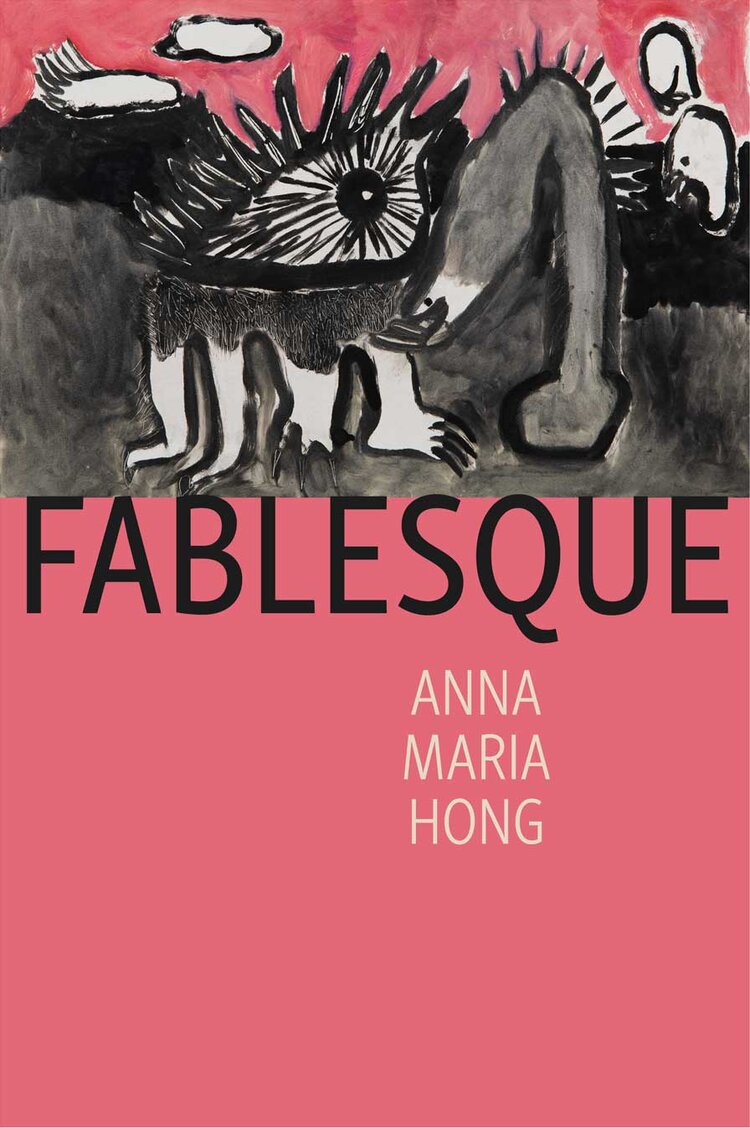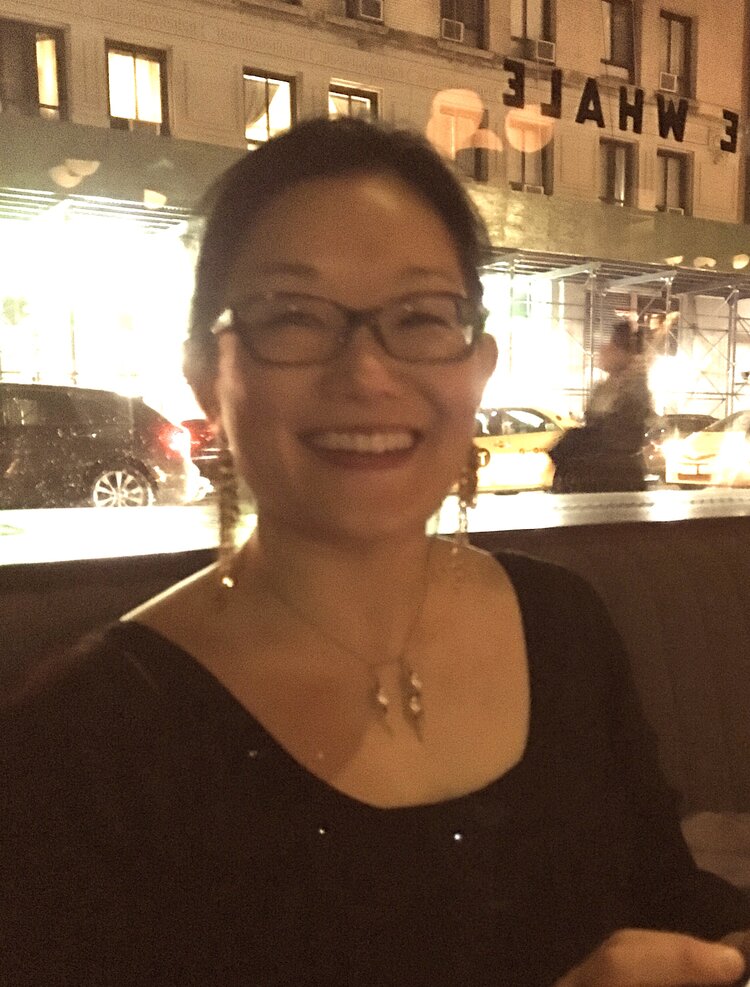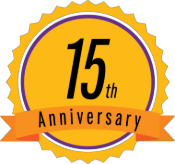When did you first encounter poetry? How did you discover that you wanted to write poems?
I first encountered poetry, as many do, in children’s books: nursery rhymes and other illustrated poems and stories in verse. I loved the music and the wordplay, rhymes and puns and doubled sounds and meanings, from the start and still do. The first poem I remember writing was for a journal I had to keep for school in the third grade. It went something like this:
Dogs
Dogs, dogs are nice. Snow dogs go on ice.
Some dogs carry little containers.
Others keep people from being painers.
(I still love dogs too.)
Do you have a writing routine? A favorite time or place to write?
I write when I can; it’s best if I write before getting to other business, which is sometimes possible but not always. It’s a better day if I can though.
Place is easier than time right now: I love working at my home desk, a big wooden kitchen table that I inherited from the last tenant. I like having views of snowy fields, acrobatic squirrels, distant pedestrians and cars, and stark trees right now. I draft by hand with a black Pilot Precise Rolling Ball pen on yellow legal pads and then type either on a laptop or the Champion Underwood manual typewriter that someone gave me years ago—a fantastic present.
Where do your poems most often “come from”—an image, a sound, a phrase, an idea?
All of those can be starters for my poems. My work tends to be very sound-driven; I worked in sonnets concertedly for a long time when I was writing my first poetry collection, Age of Glass, and I still write sonnets sometimes, as they’re a touchstone for me, a lattice for playing with language and propelling thinking.
With Fablesque, I was working with animal tales—fables, folktales, and researched facts about animals—to create a bestiary, which in turn enabled me to think and write about the lives of women and people of color, blending human experience with the beastly stories. Age of Glass and Fablesque are part of a trilogy of books I wrote exploring form and received tales—fairy tale, myth, fable, and familial stories—and the effects of corruption in personal, national, and geopolitical realms. All of my writing explores misogyny as one form of corruption among many.
Which writers (living or dead) have influenced you the most?
My love of sonnets (I rarely write in other traditional forms) started when I was in graduate school studying 20th- and 21st-century Irish poetry by W. B. Yeats, Seamus Heaney, Eavan Boland, and others. I don’t write like any of them, but reading them showed me how working in form can enhance your meanings and hone your own music.
Lots of feminist writers of contemporary myth and fairy tale have also inspired me. I had the good fortune to know from the get go that I was working in an established tradition of feminist fabulism that meant so much to me as a younger person and continues to abet and awe: writers like Angela Carter, Natsuo Kirino, Rita Dove, A. S. Byatt, Lindsey Drager, Kate Bernheimer, Naoko Awa, Arlene Kim, Christine Hume, the collaborative sonnets of Simone Muench and Jackie White, and many more.
What excites you most about your new collection?
I’m just really happy it’s out in the world. I’ve had three books published in the last three years—Fablesque, Age of Glass, and my novella, H & G—but there was a long period before that in which I published only in journals. I didn’t anticipate how having your writing available in book form can change things in an internal way. As a poet, you get used to having your work reach only a small audience of mostly known people, so it’s been surprisingly gratifying to have the books reviewed and read by people I don’t know who often see things in them that I myself wasn’t aware of.
Since Fablesque is the last in what I see as a trilogy, having it published also feels like closure, and my current writing tackles different subjects and ideas and in different registers than I’ve been able to write in before. One writes partly to clear the path for more writing: one’s own and that of others.
I’m also currently working with the composer Allen Shawn, the theater director and playwright Jean Randich, and the filmmaker Sue Rees to adapt Fablesque and H & G to a multimedia light opera titled H & G, a great and terrible story, which will premiere at Bennington College’s Lester Martin Theater in May 2022.
I’m extremely excited about this new version of Fablesque and H & G, which retells the tale of Hansel and Gretel in episodic manner and considers the power of story and song to transform hard experience. It’s been an incredible gift to work with Jean, Allen, and Sue on this project—I never could have imagined that the writing would lead me here, so this collaboration has been another unexpected and delightful boon.

NUDE PALETTE
What a muse, what a mess, this state of undress
descending the spiral stare—to look back is
to profess, resume the harness, and lose
the myth of progress—save us and tear us
apart to finesse this duress, stress by mis-
step. Give me access or emptiness—
the world is my terrace—
an embarrassment of purchase, promise—
Hello, virtuoso! You had me at emo.
I was dead as a dodo, a solo
soprano with a face for radio
and a case of mono, working pro
bono for the ecce homo. Show me the jello
en masse, in toto. Oh, no. Say yes.

Anna Maria Hong is the author of three recent books: Age of Glass, winner of the Poetry Society of America’s Norma Farber First Book Award and the Cleveland State University Poetry Center’s First Book Poetry Competition, the novella H & G (Sidebrow Books), winner of the A Room of Her Own Foundation’s Clarissa Dalloway Prize, and Fablesque, winner of Tupelo Press’s Berkshire Prize. A former Bunting Fellow at the Radcliffe Institute for Advanced Study, she has poetry and fiction published and forthcoming in publications including The Nation, Colorado Review, The Common, Shenandoah, Plume, Ecotone, Smartish Pace, The Hopkins Review, Pleiades, Poetry, Poetry Daily, and The Best American Poetry. She is an Assistant Professor at Mount Holyoke College. https://www.annamariahong.net/
Photo by Suhlle Ahn
